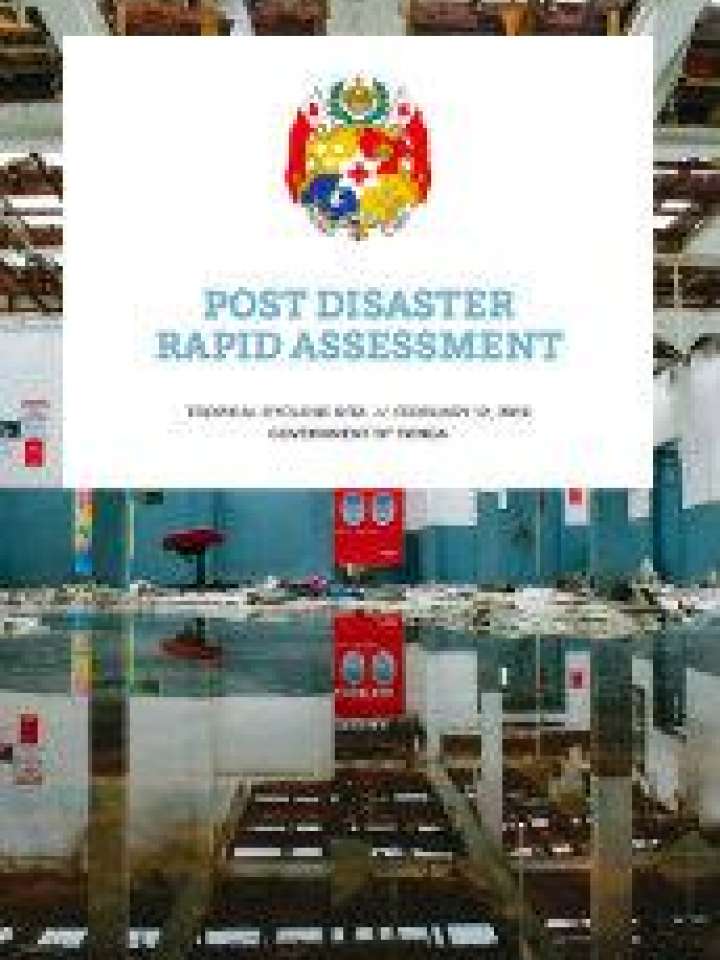Post-disaster rapid assessment: Tropical Cyclone Gita
Tropical Cyclone (TC) Gita passed over the Tongatapu and ‘Eua island groups around 11 pm on Monday February 12, 2018. Anticipating the storm to be a destructive Category 5 system, the acting prime minister preemptively issued a Declaration of a State of Emergency on the morning of February 12. Upon landfall, TC Gita had not reached the expected intensity, but it is still the strongest tropical cyclone to impact Tongatapu and ‘Eua since TC Isaac in March 1982, with average wind speeds of 130 kph and gusts of up to 195 kph. An accompanying storm surge reached 1 m above normal high-tide levels, and 200 mm of rainfall fell over a 24-hour period, resulting in localized flooding.
Following TC Gita’s passage from Tonga, there were reports of significant damage on both Tongatapu and ‘Eua. The storm impacted approximately 80,000 people, which is around 80 percent of Tonga’s population. The storm brought down power lines; damaged and destroyed schools, resulting in closures; destroyed crops and fruit trees; and damaged public buildings, including the domestic airport, the Parliament building, and Tonga meteorological services. TC Gita also significantly impacted housing, with over 800 houses destroyed and a further 4,000 damaged.
